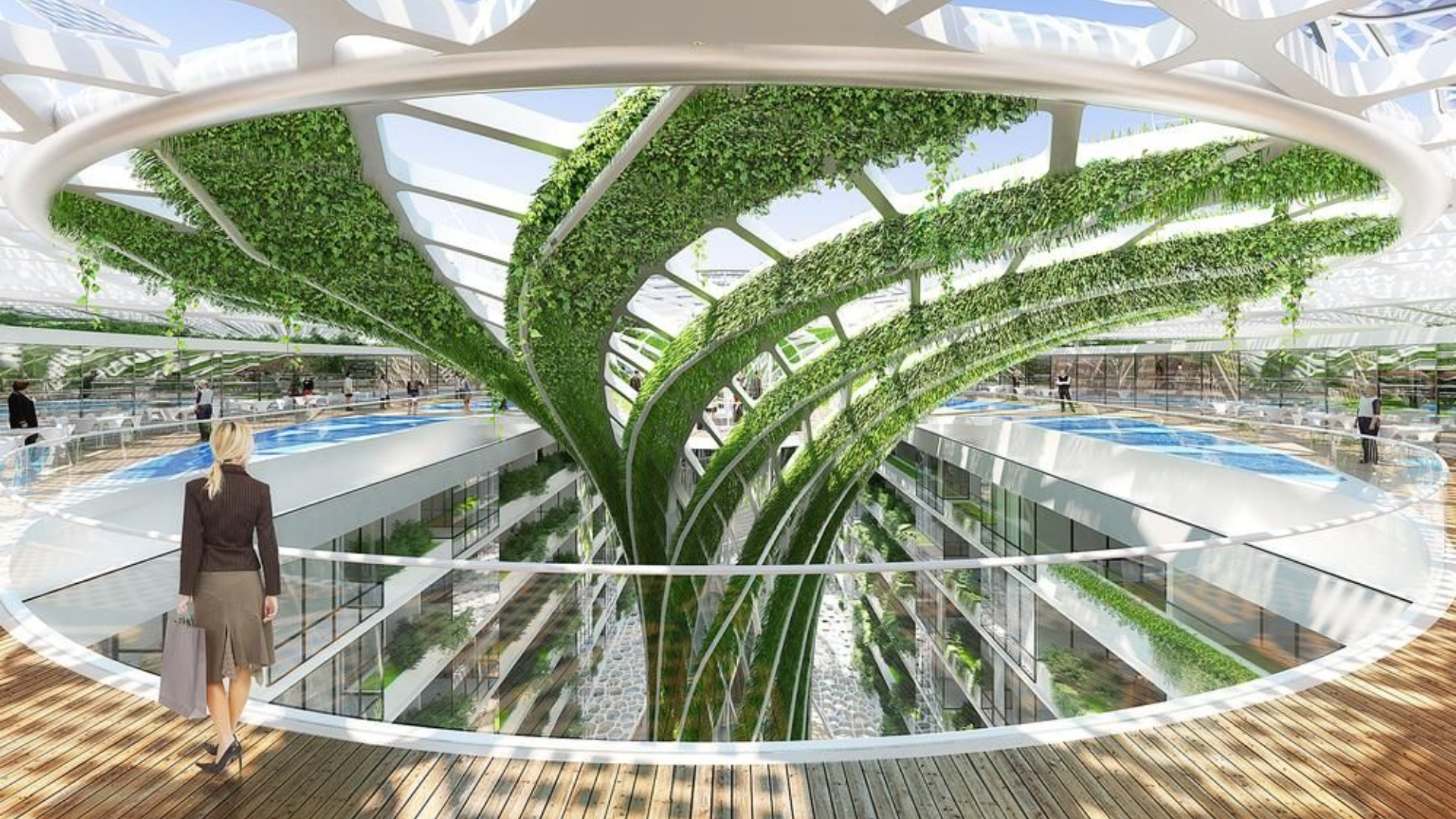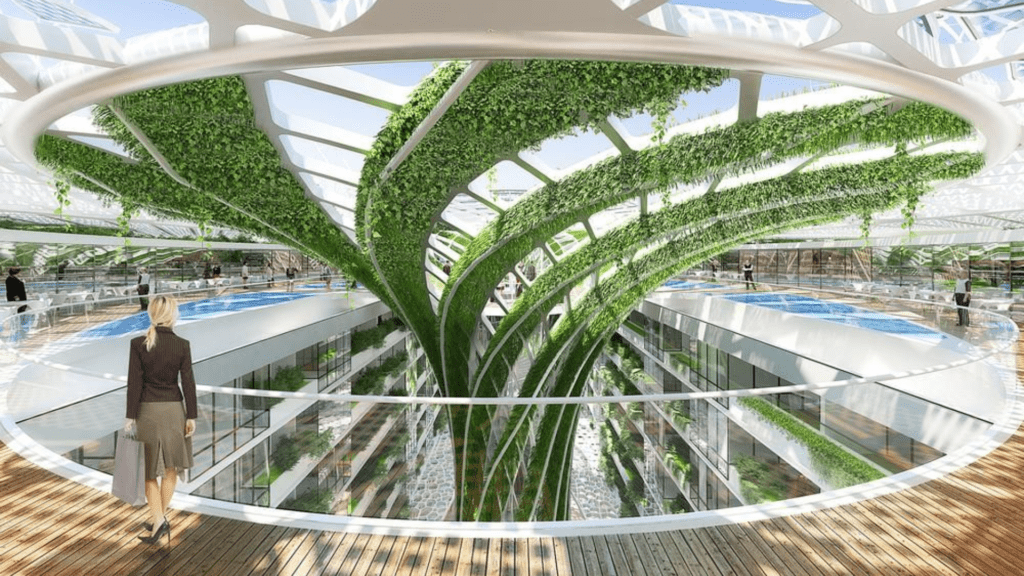In a world that’s becoming more eco-conscious, green technology has taken center stage. The innovations in this field are not just technical marvels but also harbingers of a sustainable future. From solar panels to electric vehicles, the tools we are developing today will determine how we live tomorrow. So, grab your compost bin and put on your eco-friendly sneakers as we explore the green tech innovations paving the way to a brighter, more sustainable future!
What is Green Technology?
Before we dive into the nitty-gritty, let’s define what green technology really is. At its core, green tech involves developing products and services that reduce environmental impact, conserve energy, and utilize sustainable resources. Think of it as Mother Nature’s version of a makeover—one that is stylish, efficient, and incredibly necessary.
Why Go Green?
You might be asking, “Why should I care about green technology?” Here’s a fun fact: the planet is not going to clean itself! Here are a few compelling reasons:
- Environmental Preservation: It helps in conserving our natural resources and reducing pollution.
- Cost Savings: Many green technologies lead to long-term savings. Who doesn’t love saving money?
- Health Benefits: Less pollution means better air quality, which means fewer asthma attacks—win-win!
- Future Generations: By going green, we’re leaving behind a healthier planet for our children (and their children’s children, who will definitely ask for that extra cookie).
The Main Categories of Green Technology
Understanding green technology means getting familiar with its main categories. Let’s break it down, shall we?
| Category | Description | Examples |
|---|---|---|
| Renewable Energy | Energy from sources that are replenished naturally | Solar, wind, and hydro power |
| Energy Efficiency | Technologies that reduce energy consumption | LED lighting, Energy Star appliances |
| Sustainable Transport | Eco-friendly transportation options | Electric vehicles (EVs), bicycles |
| Waste Management | Innovations in reducing, reusing, and recycling waste | Composting, waste-to-energy technologies |
| Water Conservation | Technologies to conserve and manage water resources | Rainwater harvesting, water-efficient fixtures |
Renewable Energy: Powering Our Future
When it comes to green technology, renewable energy is like the superhero of the bunch. Let’s take a closer look at some key players in this category.
Solar Power: Harnessing the Sun
Solar energy has gone from a niche product to a mainstream powerhouse. Thanks to decreasing costs and technological advancements, solar panels are popping up on rooftops everywhere—kind of like a fashion trend that never goes out of style.
How Solar Power Works
Solar panels, or photovoltaic cells, capture sunlight and convert it into electricity. The process is pretty straightforward:
- Sunlight hits the solar panel.
- Photovoltaic cells convert sunlight into direct current (DC) electricity.
- An inverter transforms the DC into alternating current (AC) electricity, usable for your home.
The Benefits of Solar Power
- Reduced Electricity Bills: Generate your own energy, and watch those bills shrink!
- Low Maintenance: Just like that dust bunny under your bed, solar panels require minimal upkeep.
- Increased Property Value: Homes with solar panels tend to sell for more. It’s like getting a bonus for being eco-friendly!
Wind Power: Harnessing the Breeze
Ever noticed those gigantic wind turbines dotting the landscape? They’re not just for decoration; they are a crucial part of our renewable energy portfolio.
How Wind Power Works
Wind turbines convert kinetic energy from the wind into mechanical power. Here’s how:
- Wind turns the blades of the turbine.
- The blades spin a rotor connected to a generator.
- The generator produces electricity.
The Benefits of Wind Power
- Clean Energy: Wind energy produces no greenhouse gases.
- Job Creation: The wind sector is a significant source of employment. Think of it as job growth with a breezy twist!
- Sustainable Supply: Wind is abundant and renewable, making it a reliable energy source.
Energy Efficiency: Saving Energy, One Appliance at a Time
Just because something is “green” doesn’t mean it has to be expensive. Energy efficiency is all about doing more with less.
LED Lighting: A Bright Idea
If you haven’t made the switch to LED lights yet, what are you waiting for? They are not just more energy-efficient; they also last much longer than traditional incandescent bulbs.
Benefits of LED Lighting
- Energy Savings: LED bulbs use up to 80% less energy than incandescent bulbs.
- Longevity: An LED bulb can last up to 25,000 hours. That’s like having a buddy who never leaves!
- Better Light Quality: LED lights offer a range of color temperatures to create the perfect ambiance.
Energy Star Appliances: The Smart Choice
Energy Star appliances are certified to be more energy-efficient than their standard counterparts. It’s like getting a gold star for being environmentally friendly!
Benefits of Energy Star Appliances
- Cost-Effective: These appliances can save you up to 30% on your energy bill.
- Environmentally Friendly: Reduced energy consumption means less strain on the power grid.
- Reliable Performance: Energy Star appliances are built to last and perform well.
Sustainable Transportation: On the Move with a Green Twist
Getting from point A to point B doesn’t have to harm the environment. Here’s a look at how we’re changing the way we travel.
Electric Vehicles (EVs): The Car of the Future
Electric vehicles are becoming increasingly popular, and for a good reason. They’re not only eco-friendly but also super fun to drive—like a rollercoaster without the long lines!
Benefits of Electric Vehicles
- Lower Operating Costs: Electricity is generally cheaper than gasoline, and EVs have fewer moving parts, which means lower maintenance costs.
- Zero Emissions: Drive around town guilt-free, knowing you’re not contributing to air pollution.
- Incentives: Many governments offer tax breaks and incentives for EV owners. It’s like getting a reward for being awesome!
Bicycles: Two Wheels to Freedom
Don’t underestimate the power of the bicycle! Pedal power is a fantastic way to reduce your carbon footprint while also getting your daily exercise.
Benefits of Bicycles
- Health Benefits: Riding a bike is an excellent workout. Who needs a gym membership when you can ride?
- Eco-Friendly: Bicycles produce zero emissions. They’re the ultimate green vehicle!
- Cost-Effective: Save money on gas and parking—your wallet will thank you.
Waste Management: Reducing, Reusing, Recycling
Let’s face it: waste is a huge problem. But with innovative waste management technologies, we can make strides toward a cleaner planet.
Composting: Nature’s Recycling Program
Composting is like giving organic waste a second life. Instead of tossing food scraps into the trash, why not turn them into nutrient-rich soil?
How Composting Works
- Collect organic waste: Kitchen scraps, yard waste, and other biodegradable materials.
- Add to the compost bin: Layer the materials to promote decomposition.
- Wait for the magic: After a few months, you’ll have rich compost to use in your garden!
Benefits of Composting
- Reduces Waste: Composting can divert up to 30% of household waste from landfills.
- Improves Soil Health: Compost enriches the soil and promotes healthy plant growth.
- Saves Money: Less waste means lower trash disposal fees.
Waste-to-Energy Technologies
These technologies convert non-recyclable waste materials into usable forms of energy. It’s like turning garbage into gold!
How Waste-to-Energy Works
- Waste is collected: Non-recyclable materials are gathered and transported to a facility.
- Incineration or digestion: The waste is either burned to produce steam and electricity or broken down by microorganisms in anaerobic digestion.
- Energy is produced: The steam generates electricity, or biogas is produced for heating or electricity.
Benefits of Waste-to-Energy
- Reduces Landfill Waste: Helps in managing the waste crisis.
- Produces Renewable Energy: Generates energy from waste, contributing to the energy mix.
- Creates Jobs: Facilities require staff for operation and maintenance.

Water Conservation: Making Every Drop Count
Water is essential for life, yet we often take it for granted. With the rising population and climate change, water conservation is more critical than ever.
Rainwater Harvesting: Collecting Nature’s Gift
Why let all that precious rainwater go to waste? Rainwater harvesting is an excellent way to collect and store water for later use.
How Rainwater Harvesting Works
- Collection: Rainwater is collected from roofs and directed into storage tanks.
- Filtration: The water is filtered to remove debris and contaminants.
- Usage: The harvested water can be used for irrigation, flushing toilets, or even washing clothes.
Benefits of Rainwater Harvesting
- Reduces Water Bills: Save money by using collected rainwater for non-potable uses.
- Conserves Freshwater: Helps in reducing the demand for municipal water.
- Eco-Friendly: It promotes sustainable water practices.
Water-Efficient Fixtures
Installing water-efficient fixtures is another easy way to conserve water at home.
Examples of Water-Efficient Fixtures
| Fixture



